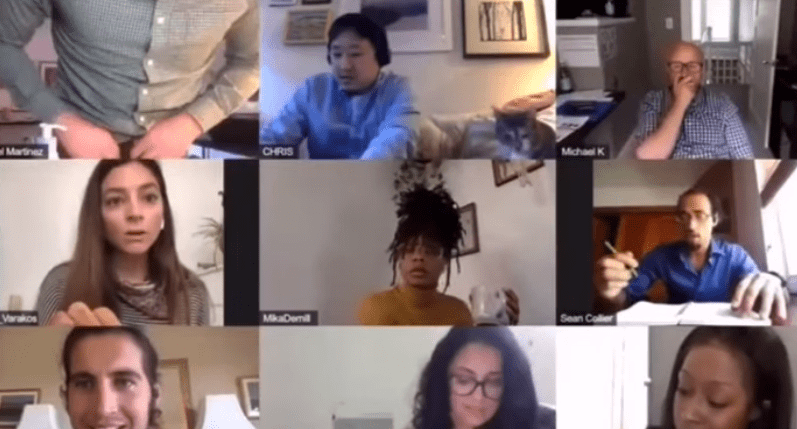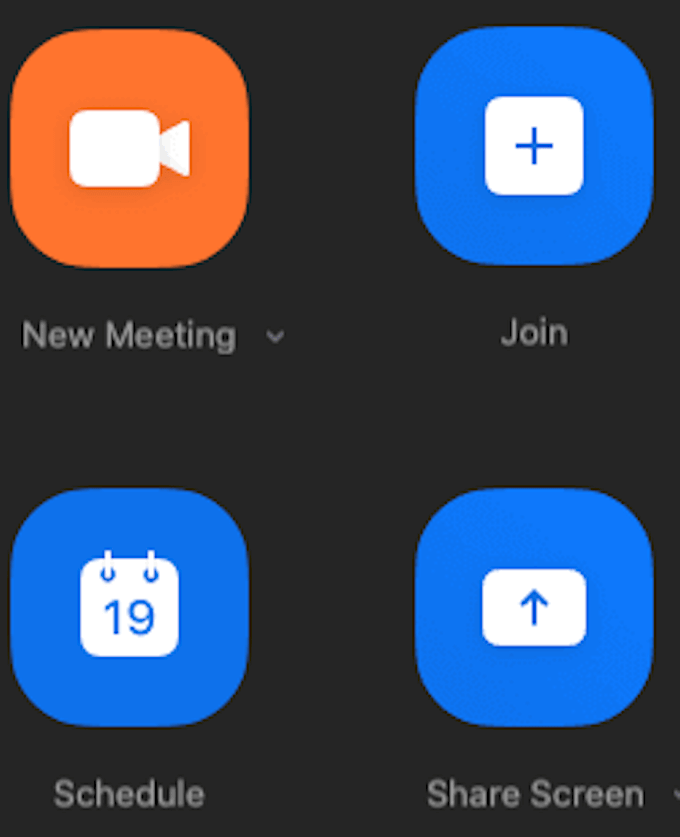

Software allowing someone to do this is now readily available, for free, and requires relatively little technical skill to use.

In fact, it’s becoming increasingly easy for people to use deepfake software to impersonate others in live video transmissions. That’s no longer the case, as both the Binance story and Metaphysics “America’s Got Talent” act highlight. model couldn’t be run fast enough to produce a deepfake in real-time on a live video transmission. It once required a lot of images of someone, a lot of time, and a fair-degree of both coding skill and special effects know-how to create a believable deepfake. Deepfakes are extremely convincing fake images and videos created through the use of artificial intelligence.

Meanwhile, a startup called Metaphysic that develops deepfake software has made it to the finals of “America’s Got Talent,” by creating remarkably good deepfakes of Simon Cowell and the other celebrity judges, transforming other singers into the celebs in real-time, right before the audience’s eyes. A month earlier, several European mayors said they were initially fooled by a deepfake video call purporting to be with Ukrainian President Volodymyr Zelensky. Nonetheless, security researchers say that such incidents are now plausible.) In July, the FBI warned that people could use deepfakes in job interviews conducted over video conferencing software. (Hillmann has not provided evidence to support his claim and some experts are skeptical a deepfake was used. Patrick Hillmann, Binance’s chief communications officer, says criminals had used the deepfake to impersonate him on Zoom calls. Last month, a top executive of the cryptocurrency exchange Binance said that fraudsters had used a sophisticated deepfake “hologram” of him to scam several cryptocurrency projects. It sounds like a strange precaution, but we live in strange times.


 0 kommentar(er)
0 kommentar(er)
